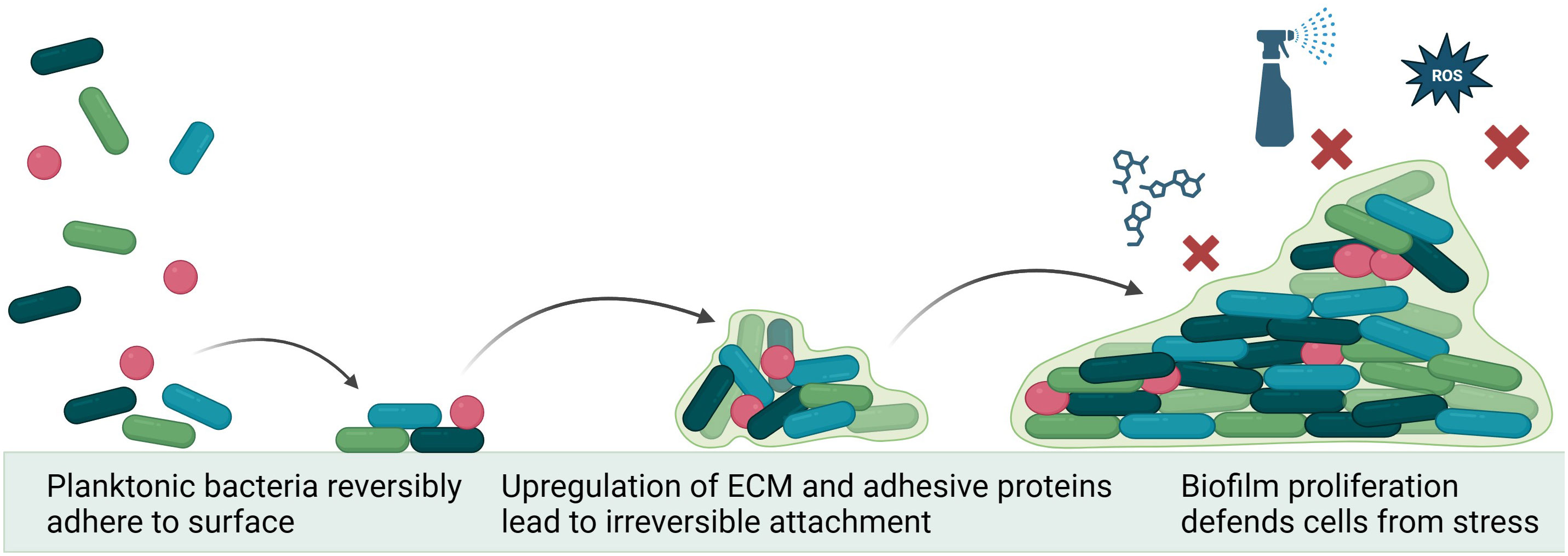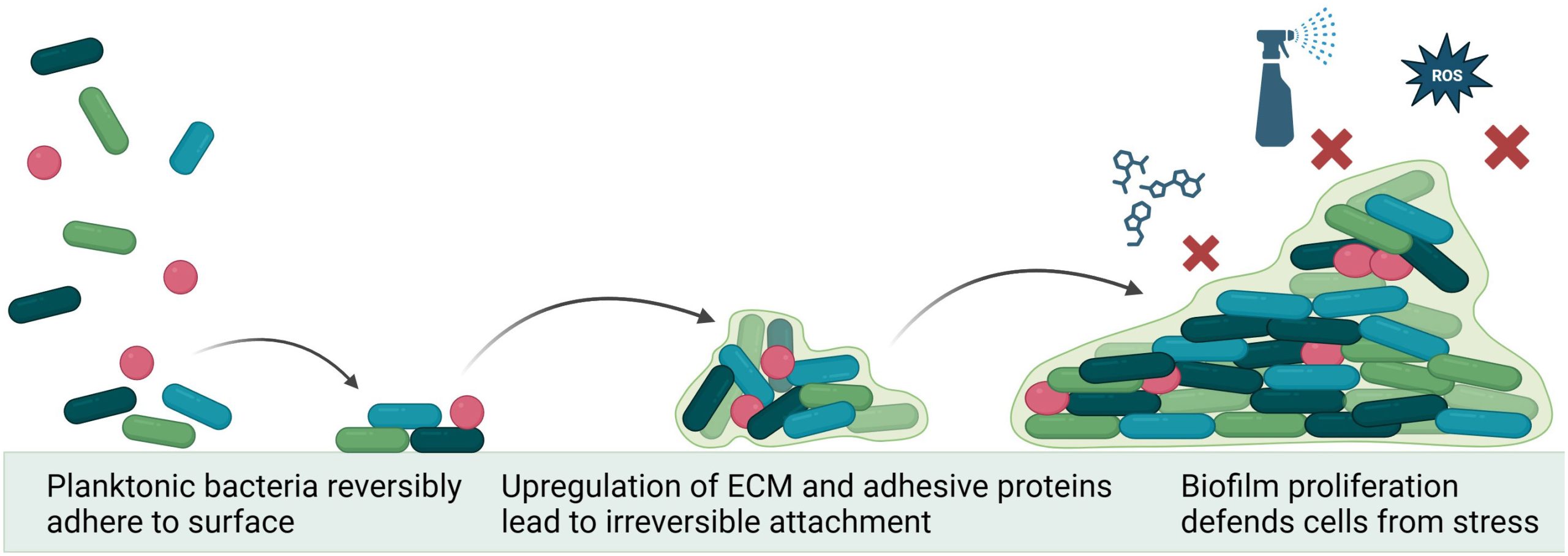
**The Prospects and Challenges of Essential Oils and Herbs in Medicine: Distinguishing Fact from Fiction**
In the last few years, there has been a notable increase in the popularity of essential oils and herbal treatments, fueled by claims of natural remedies for various ailments ranging from anxiety to infections. A stroll through the herbal section of a health store reveals oregano oil hailed as a panacea, tea tree oil promoted for its antiseptic qualities, and a multitude of other products making audacious assertions. But how much of this is backed by scientific evidence?
An article from *The Atlantic* published last week suggested that essential oils could be “The New Antibiotics,” sparking conversations about their possible applications in medicine, including agriculture and human illness. While this concept is captivating and merits conversation, it also creates an excellent chance to explore what genuinely determines the efficacy of a substance, especially as an antibiotic.
In this piece, we will investigate the potential of essential oils as well as the scientific hurdles that hinder their medical application—especially in antibiotic use.
—
### **Essential Oils in Farming: An Encouraging Beginning**
One of the stronger points made in the article concerned the use of essential oils in livestock feed. Farmers using oils like oregano to enhance poultry health and decrease disease could potentially lessen antibiotic usage in farming, a major contributor to antibiotic resistance in humans. Overuse of antibiotics in agriculture is associated with the rise of resistant “superbugs,” making any reduction in reliance on them a positive outcome.
Research indicates that essential oils possess antimicrobial and anti-inflammatory effects that may enhance animal immune defenses. However, the challenge of implementing such practices sustainably and economically on a large scale remains a significant area requiring further investigation.
—
### **Tea Tree Oil: An Effective Antiseptic**
Tea tree oil has gained a powerful reputation as a strong antiseptic and is already widely incorporated into numerous personal hygiene and cleaning products. Its antimicrobial capabilities have made it a favored ingredient in hand sanitizers, topical ointments, and mouth rinses. However, it is essential to differentiate between eradicating germs on the skin (where tea tree oil is particularly effective) and addressing systemic infections within the human body (where complications become significantly greater).
Essential oils used in topical applications, such as antiseptics or preservatives, can thrive due to the ability to apply high concentrations directly where they are needed. Nevertheless, systemic infections—those affecting internal organs or the bloodstream—pose a far more complicated challenge that essential oils currently cannot adequately address.
—
### **The Antibacterial Promise of Oregano Oil: Petri Dish vs. Human Physiology**
The idea that oregano oil could potentially cure bacterial infections has captured the interest of many readers. This theory often relies on findings from petri dish experiments, where compounds in essential oils (like thymol and carvacrol, the main elements of oregano oil) effectively kill bacteria. Initially, this appears promising. However, the act of killing bacteria in a petri dish is not synonymous with effectively treating infections in the human system. Here’s why.
#### 1. **Minimum Inhibitory Concentration (MIC): More Than Just Eradicating Bacteria**
The effective dosage of an antibacterial substance is indicated by its Minimum Inhibitory Concentration (MIC)—the smallest concentration of a substance needed to halt bacterial growth. Strong antibiotics such as vancomycin boast impressive MICs in the range of 1-16 ppm (parts per million). In contrast, the MICs for thymol and carvacrol are significantly higher, around 140-175 ppm against typical bacterial strains like MRSA. For oregano oil as a whole, the MIC skyrockets to roughly 575 ppm, indicating that most of its components possess minimal antimicrobial effectiveness.
To illustrate, an efficient antibiotic must work effectively at very low concentrations; the higher the dose required, the more obstacles you encounter to deliver that dose without substantial side effects.
—
#### 2. **Toxicity and Pharmaceutical Safety**
Consider this: if you aimed to consume enough thymol or carvacrol to achieve an MIC of 175 ppm in your bloodstream, the necessary quantity could likely be toxic before it even starts to affect the bacteria. This is one of the reasons why common household substances like bleach or salt, despite their potent bacterial killing ability in a petri dish, are never realistically considered as antibiotics—they’re simply too hazardous to humans at therapeutic levels.
For a compound to qualify as an antibiotic, it must pass a crucial test: it should be significantly more toxic to bacteria than to the human host. Unfortunately, the available research indicates that thymol and carvacrol do not meet this criterion.
—
#### 3. **Low Water Solubility and Insufficient Bioavailability**
For a drug to be effective, it must dissolve readily in the bloodstream (which is primarily water) to circulate properly and reach its intended target. However, thymol and carvacrol, like many components of essential oils, exhibit poor water solubility, complicating their ability to remain in circulation long enough to exert their effects.
